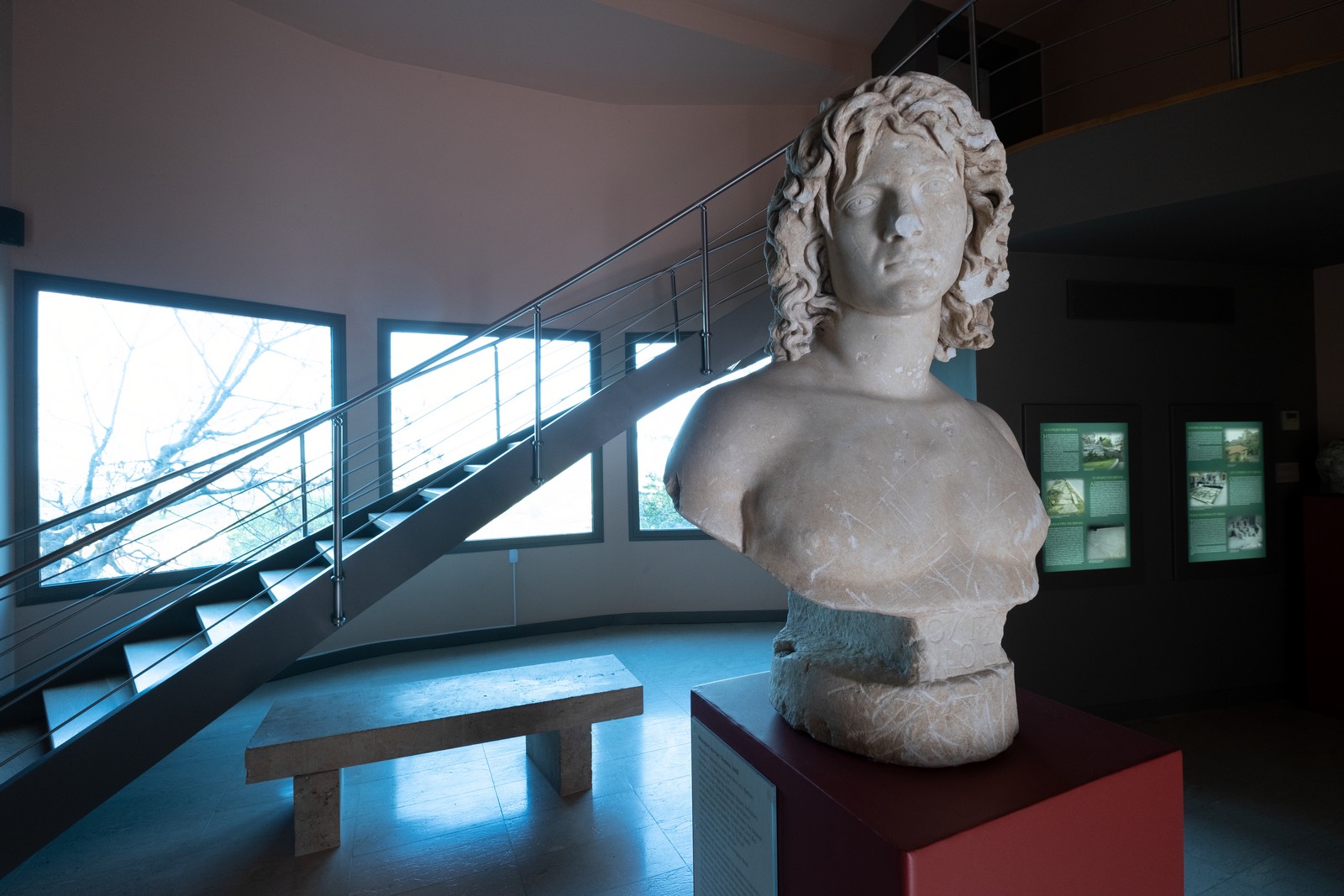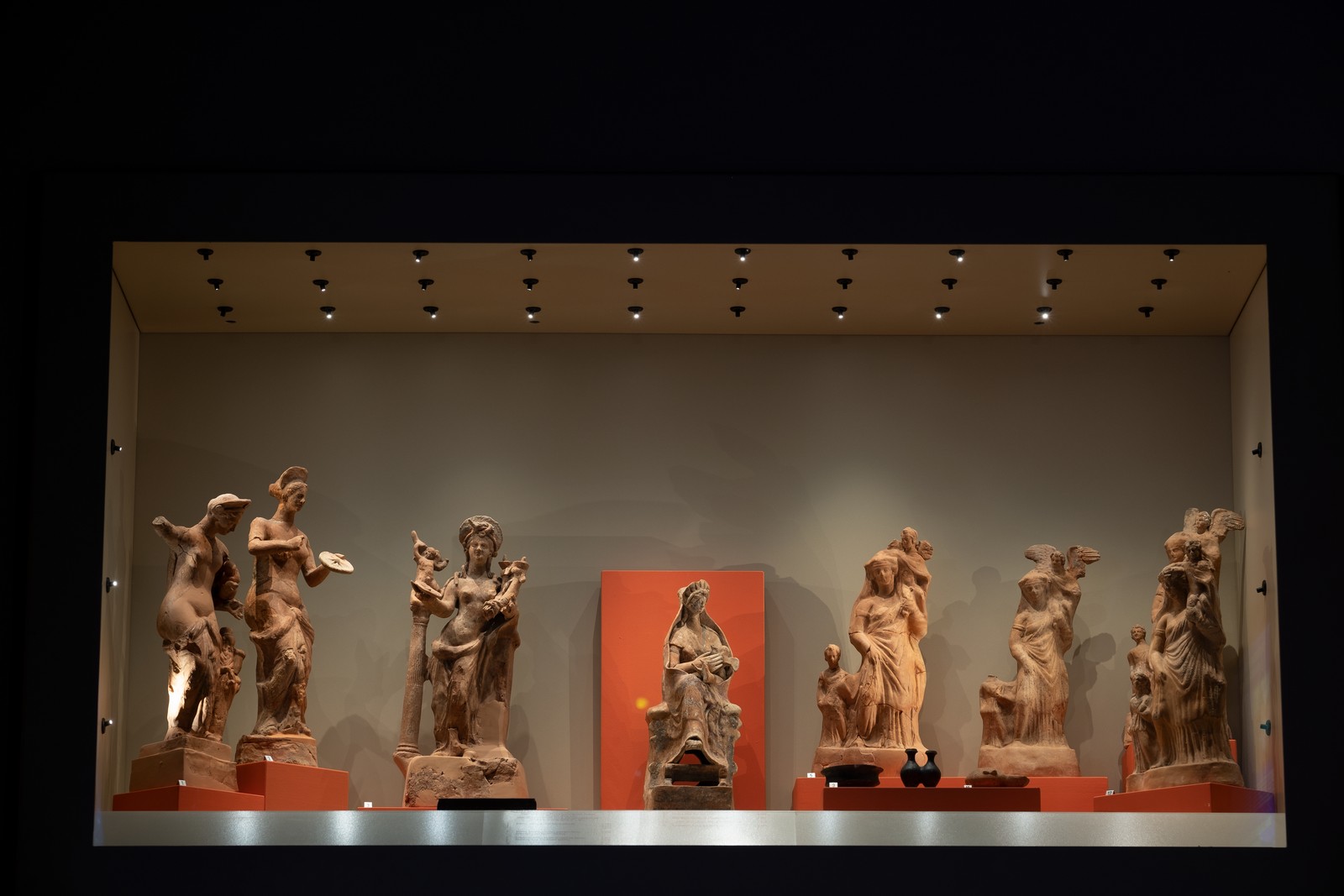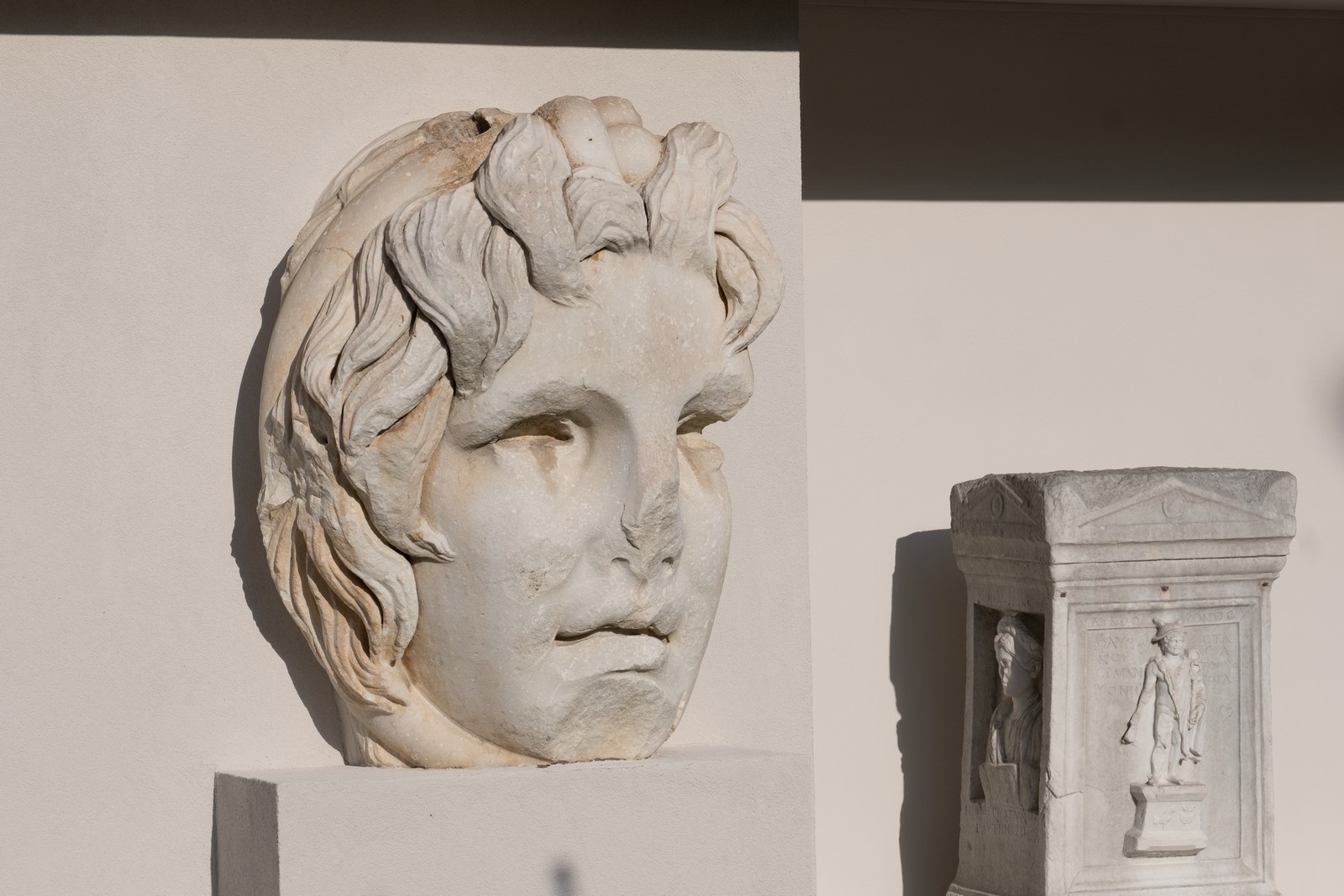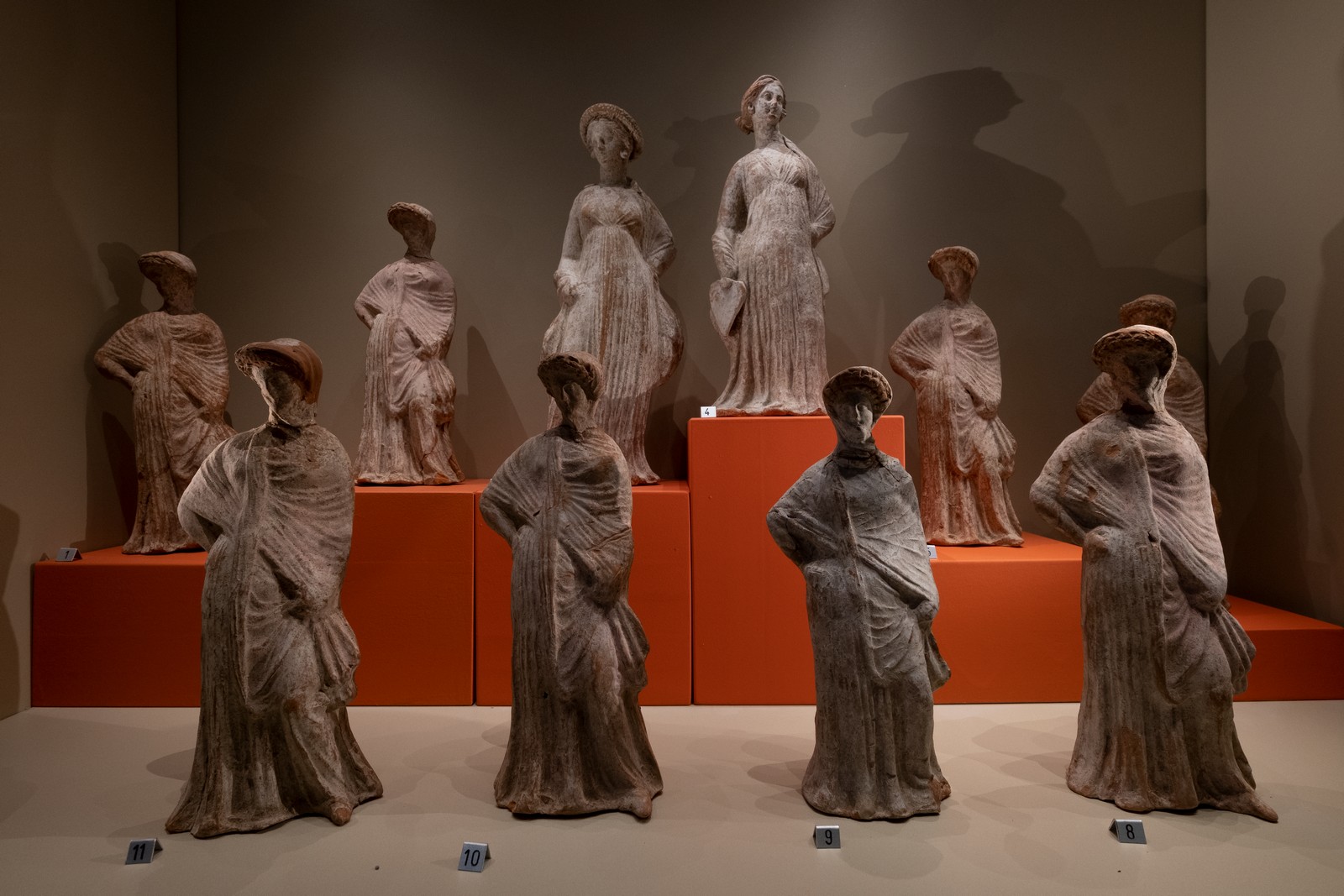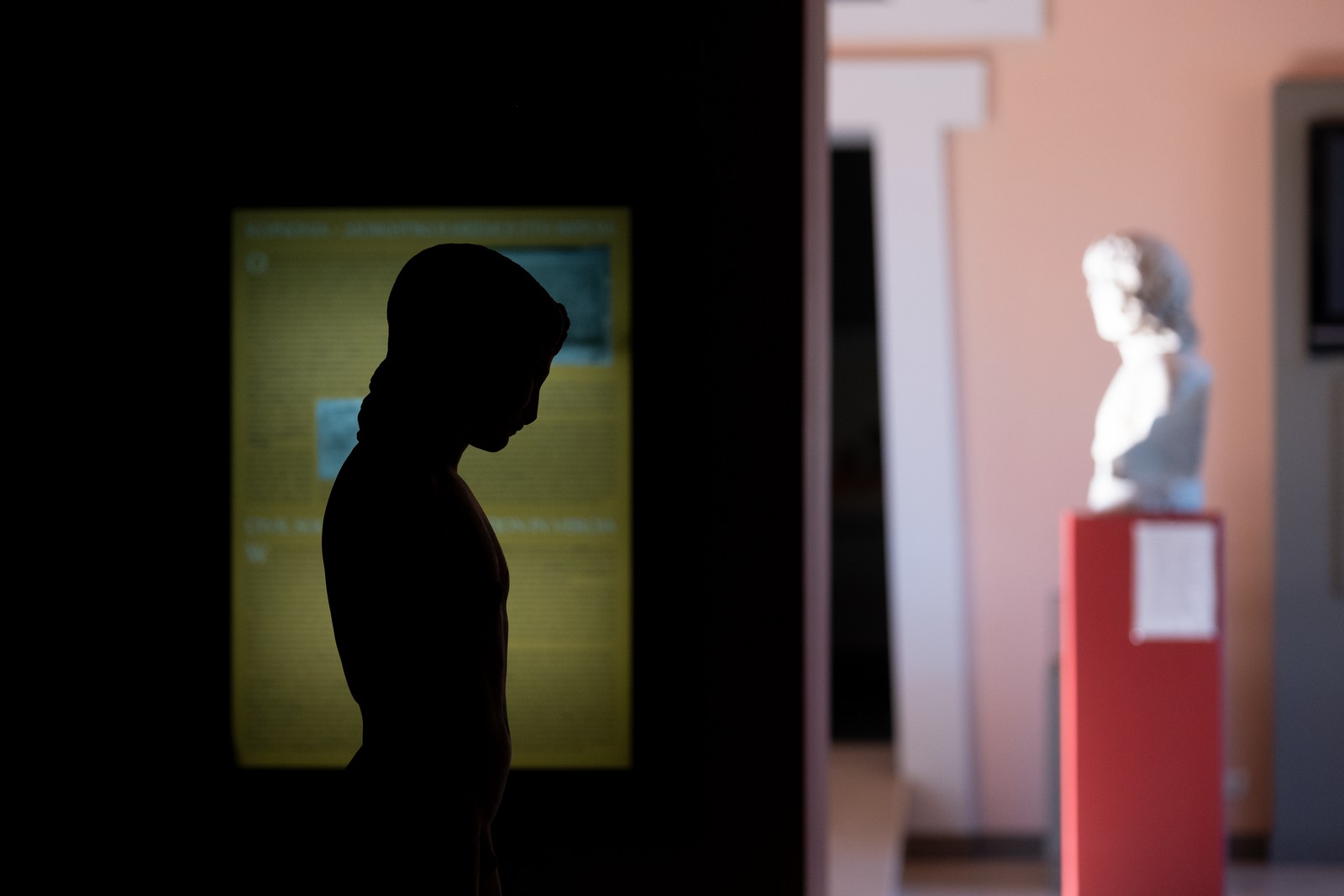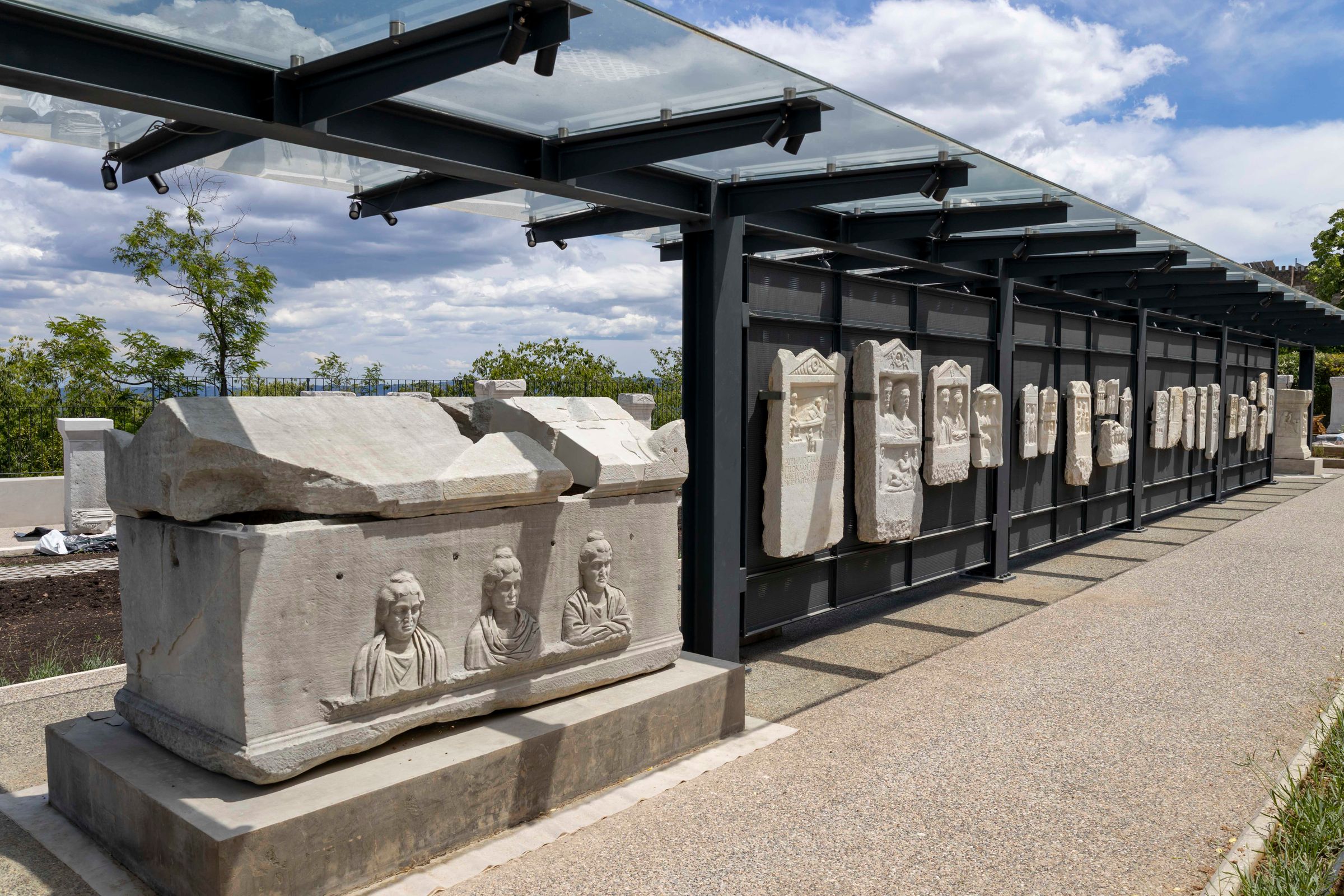
Archaeological Museum of Veria
Archaeological Museum of Veria
The memory of the city
The Archaeological Museum of Veria was established in the 1960s and renovated in 2009.
The museum exhibits finds from the Imathia region, covering periods from the Neolithic to the Roman era, with an emphasis on the flourishing of the Macedonian Kingdom. At the entrance, the marble head of Medusa and the bust of the river god Olganos stand out.
On the ground floor, artifacts from the public and private life of the Hellenistic and Roman periods are displayed, such as the “Gymnasiarch Law,” along with objects (mainly grave goods) from Archaic, Classical, and Hellenistic tombs. The upper floor presents finds from excavations in Imathia.
In 2021, the semi-outdoor exhibition “The Wall of Memory” was inaugurated in the museum’s courtyard. It includes a total of 190 selected monuments, funerary stelae, honorary altars, and marble sarcophagi, showcasing the portraiture and institutions of the ancient city, which was the seat of the “League of Macedonians.”







